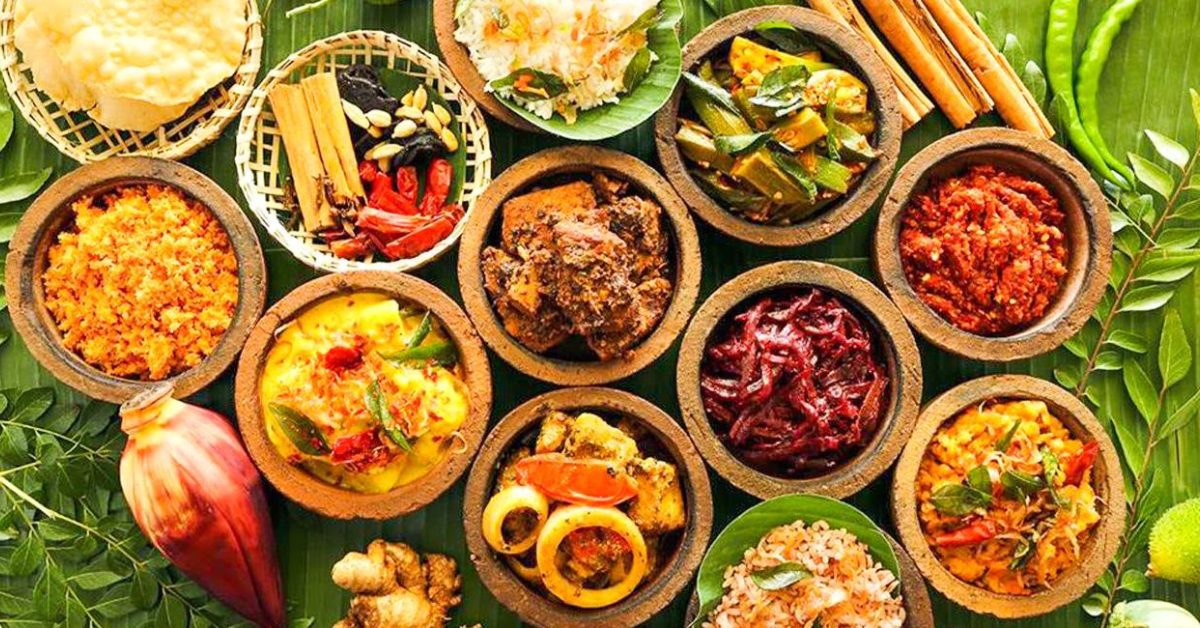
The Power of Pulses in Managing Diabetes | In a world where diabetes has become a silent epidemic, affecting over 537 million adults globally according to the International Diabetes Federation’s latest 2023 report, the search for sustainable management tools feels more urgent than ever.
Pulses play a key role in managing diabetes. Lentils, chickpeas, beans, and peas aren’t just humble legumes; they’re nutritional powerhouses that can play a pivotal role in stabilising blood sugar, curbing cravings, and fostering long-term metabolic health. This isn’t about fad diets or quick fixes. It’s about reclaiming control through intentional, evidence-based choices that honour both body and planet.
Diabetes, whether type 1, type 2, or gestational, revolves around one core challenge: blood glucose regulation. Insulin resistance in type 2 diabetes—the most common form—means cells struggle to absorb sugar from the bloodstream, leading to spikes that damage organs over time. Traditional management often leans on medication, but nutrition is the foundation. Enter pulses, which boast a unique trifecta: low glycaemic index (GI), high fibre, and plant-based protein.
The glycaemic index measures how quickly foods raise blood sugar. Most pulses score below 55 on the GI scale—far lower than white rice (73) or potatoes (85). A 2022 meta-analysis in The American Journal of Clinical Nutrition reviewed 21 studies and found that incorporating 1/2 to 1 cup of pulses daily reduced fasting blood glucose by an average of 0.5 mmol/L and HbA1c by 0.3% in people with type 2 diabetes.
That’s comparable to some oral medications, without the side effects.
Fibre is the star here. Soluble fibre in pulses like black beans and split peas forms a gel in the gut, slowing carbohydrate absorption and preventing post-meal surges. Insoluble fibre adds bulk, promoting satiety and gut health. A single cup of cooked lentils delivers 15–18 grams of fibre—over half the daily recommended 25–30 grams for adults. Protein, at 15–20 grams per cup, further stabilises energy by curbing hunger hormones like ghrelin.
But pulses offer more than macros. They’re rich in micronutrients often deficient in diabetic diets: magnesium (for insulin sensitivity), potassium (for blood pressure control), and folate (for nerve health). Antioxidants like polyphenols combat inflammation, a key driver of insulin resistance. In India, where diabetes prevalence hovers at 11.4% per the ICMR-INDIAB study, pulses align culturally—think dal-chawal or chana masala—as affordable, accessible allies.
Blood Sugar Stabilisation: A randomised controlled trial published in Diabetes Care (2021) followed 120 participants with type 2 diabetes. Those swapping refined grains for pulses in meals saw a 20% reduction in postprandial glucose spikes. Resistant starch in cooled pulses (like in salads) acts like fibre, fermenting in the colon to produce short-chain fatty acids that enhance insulin signalling.
Weight Management: Obesity exacerbates diabetes. Pulses’ high satiety index—rated higher than meat or grains in studies from the University of Toronto—helps. A 2019 Cochrane review of 18 trials showed pulse-rich diets led to 1–2 kg greater weight loss over 6–12 months compared to control diets, without calorie counting.
Heart Health Synergy: Diabetes doubles cardiovascular risk. Pulses lower LDL cholesterol by 5–10% via sterols and fibre, per a Journal of Nutrition analysis. They also reduce blood pressure; a 2023 study in Hypertension linked 100g daily pulse intake to a 3–4 mmHg drop in systolic pressure.
Gut Microbiome Boost: Emerging research ties gut health to glucose control. Pulses feed beneficial bacteria, increasing butyrate production—a fuel for colon cells that regulates inflammation. A Gut Microbes study (2024) found diabetic patients on pulse-enriched diets had improved microbiome diversity after just four weeks.
Environmentally, pulses fix nitrogen in soil, requiring less water and fertiliser than animal proteins. For the mindful eater, this means nourishing self while treadin
Click on here “The Timeless Treasure of Coconut Milk: A Culinary Staple in Sri Lanka and India”

SatynMag empowers women with inspiring stories, expert advice, and uplifting content to fuel their strength and dreams
Welcome to Satynmag S Suite, online knowledge platform for career and personal growth. This is where you can empower yourself with cutting edge knowledge, latest know-how and grow.


